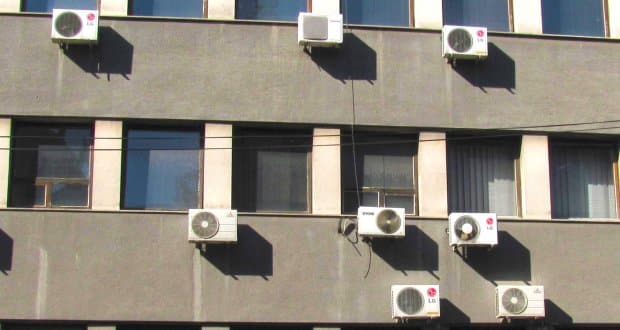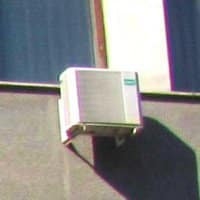Some consider air conditioners in Australian homes aren’t a feature, but the symptom of a problem – an indication of poor house design. It’s an issue that costs all of us; whether we have air-conditioning or not.
Australia’s homes are notoriously “leaky”, permitting uncontrolled flow of heat in and out says Wendy Miller, a Senior Research Fellow at Queensland University of Technology.
Summer electricity demands have led to the “gold plating” of electricity networks – the building of infrastructure capable of meeting demand on what are really just a handful of days each year. In 2012, Consumer group Choice estimated $11 billion had been spent on energy infrastructure that is only used four days out of every year.
“This cost is recovered through the electricity unit cost (cents per kilowatt hour). We all pay this cost, in every electricity bill we get; in fact the cost of meeting summer peak demand accounts for about 25% of retail electricity costs,” says Dr. Miller.
Dr. Miller states this represents twice the cost of solar feed-in tariffs, the Renewable Energy Target and Australia’s axed carbon tax combined.

Back in the 1970’s home air-conditioning in Australia was rare; but most of us survived – although it wasn’t particularly pleasant at times.
According to figures from the Australian Bureau of Statistics, by March 2014, 49% of Australian households were using reverse cycle air conditioning as their main cooling system, 13% used evaporative coolers and 10% had refrigerated air conditioning. Only 26% did not use any air conditioning. The number of households without air-conditioning has probably dropped further since then.
Unfortunately for the latter group, they are helping to pay for the rest of us to stay cool.
The issues of home design and equity aside, to cut down on summer air conditioning bills and reduce strain on mains grid infrastructure, there’s a number of simple things households can do:
- Experiment with your air conditioning thermostat settings – each degree of cooling really adds up on your electricity bill.
- Reduce the use of appliances that generate heat, such as big screen plasma TVs.
- Keep blinds and curtains closed during the day.
- Open your home up overnight, assuming it’s secure enough to do so.
- Use fans instead of aircon where possible – fans are much more wallet friendly.
- Avoid air conditioning overnight if you can – this can slash hundreds of hours of high electricity consumption each season.
- Ensure your air-conditioner is properly serviced and the filters are clean.
- Only cool the areas you’re in. Keep the doors shut to rooms you aren’t using.
Another useful way to beat summer electricity costs related to air-conditioning is by installing solar panels.
Most air conditioners can be programmed to kick in as soon as a house rises above a certain temperature during the day, which coincides with when a suitably sized solar power system is generating a significant amount of electricity. Using solar energy in such a way, the house won’t be at a furnace-type temperatures at the end of the day and requiring a huge amount of electricity to cool it down to a comfortable level.
Solar panels in Australia also act as a form of insulation, preventing the sun from beating down directly onto the roof. A study carried out in 2011 indicated solar panels can reduce the amount of heat hitting the covered section of roof by about 38 percent.
For additional control, smart home technology can also be beneficial for solar and non-solar households in helping to deal with summer cooling challenges.
Images Credit: Tiia Monto – Own work, CC BY-SA 3.0, Link












































